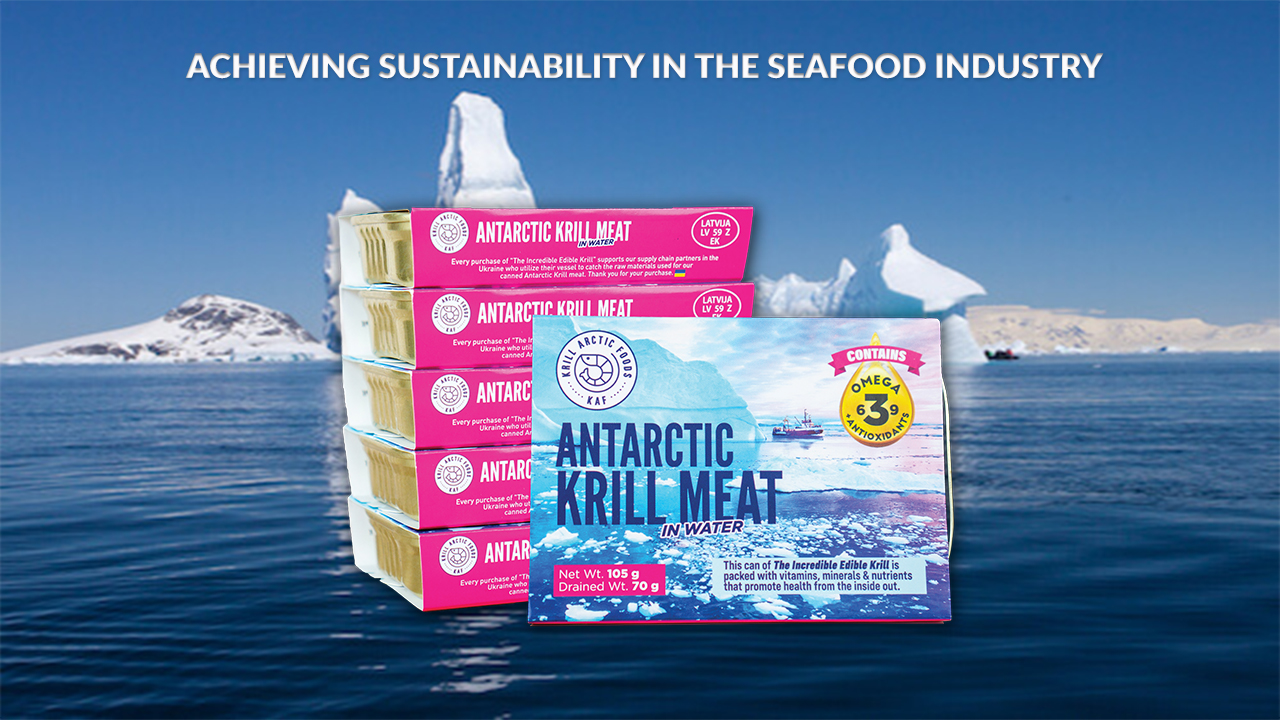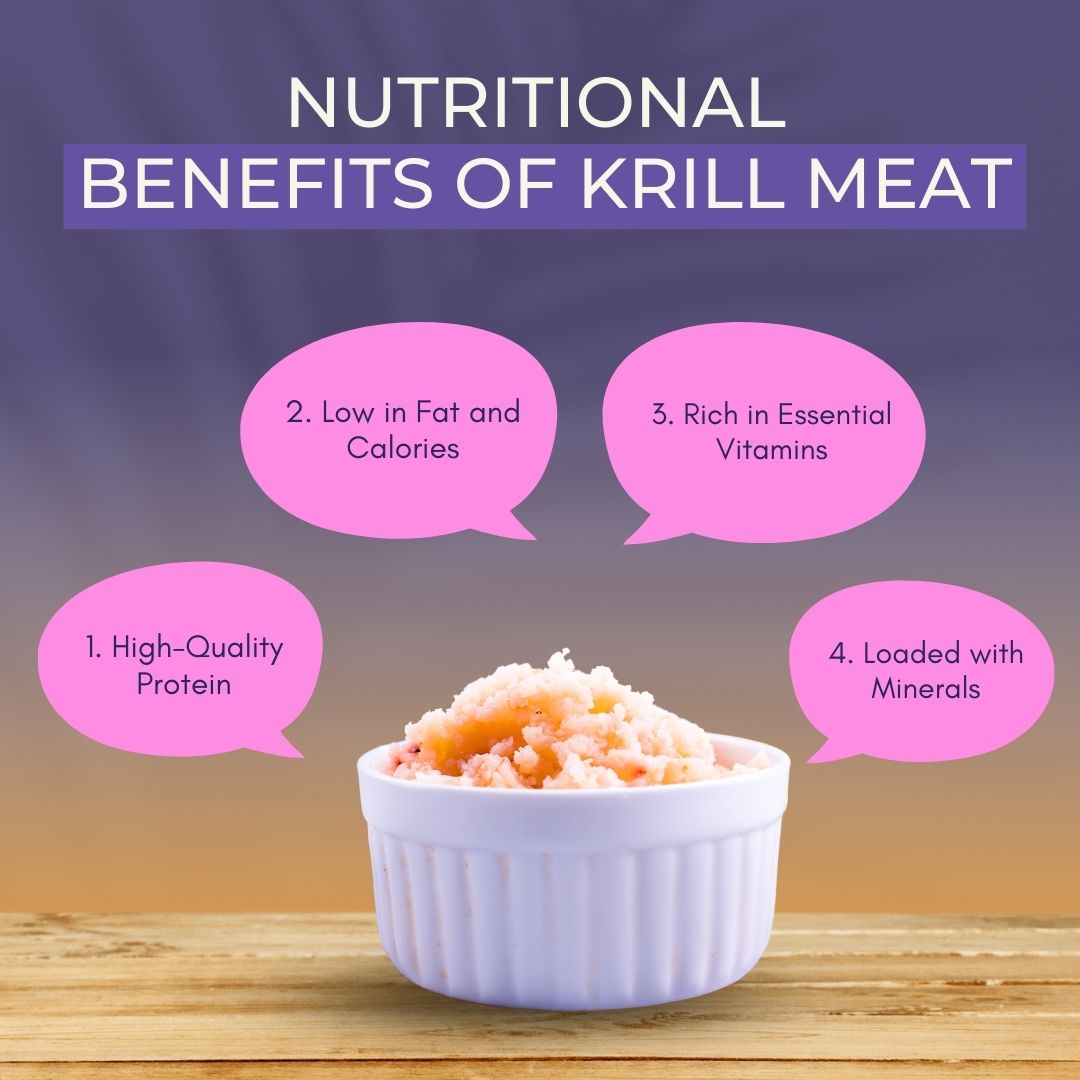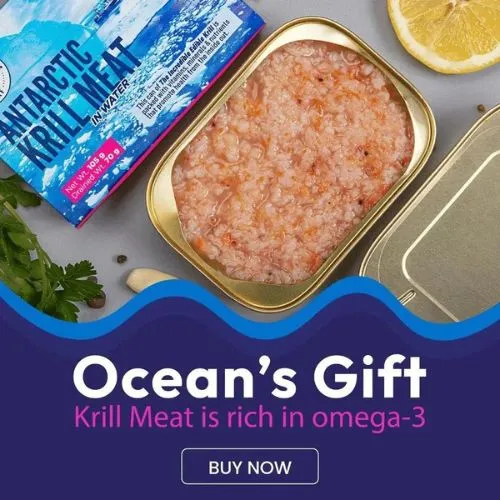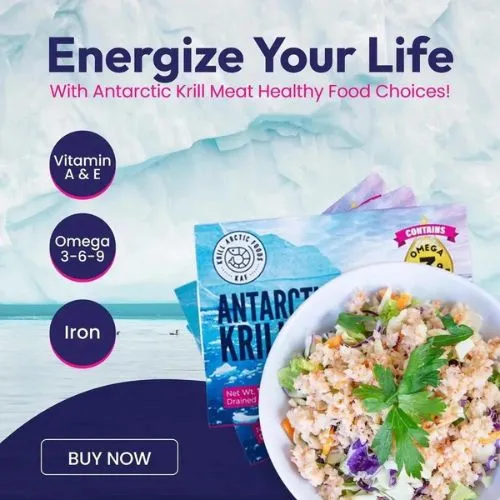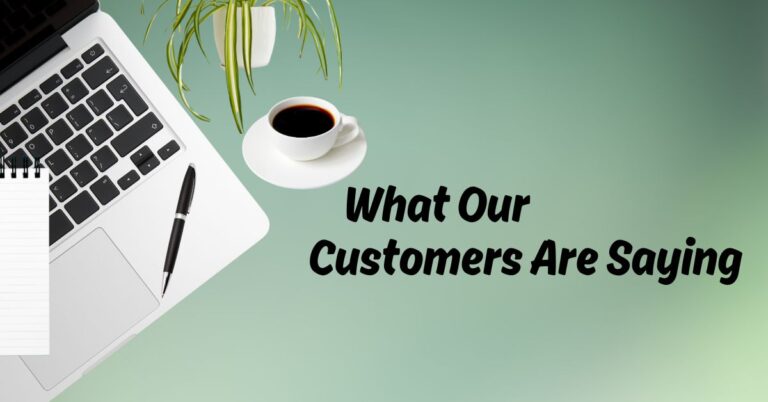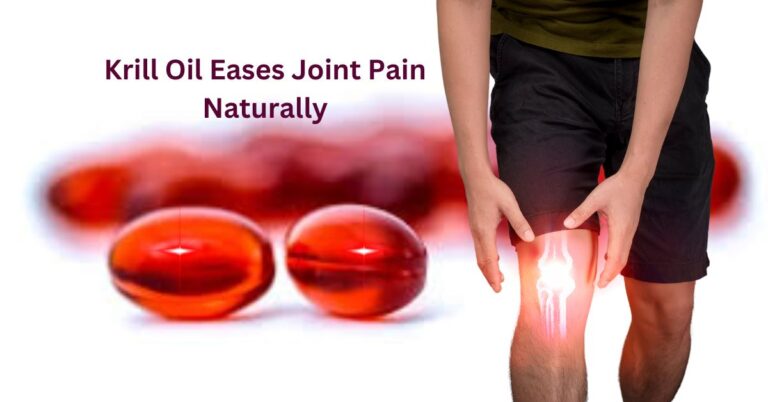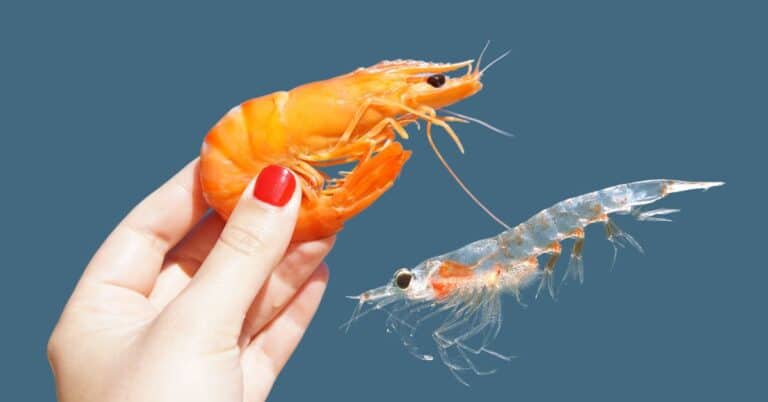Imagine a world where seafood is abundant for generations to come and where the fish on your plate comes from waters that thrive rather than struggle. Right now, the seafood industry is at a crossroads. Global demand is rising, but overfishing, habitat destruction and climate change are pushing marine ecosystems to their limits.
The good news? Change is happening. From responsible fishing practices to cutting-edge aquaculture, the industry is shifting toward sustainability. Companies that once focused on quantity are now prioritizing quality both in their products and their environmental impact.
At Krill Arctic Food, we’re not just part of this movement; we’re helping lead it. Our approach goes beyond just catching and selling seafood. We’re rethinking how it’s sourced, processed, and delivered to consumers in a way that respects both the ocean and the people who depend on it.
If you care about where your seafood comes from, you’re in the right place. In this article, we’ll explore how the seafood industry is evolving and what we’re doing to make a lasting difference.
The Urgency of Sustainability in the Seafood Industry
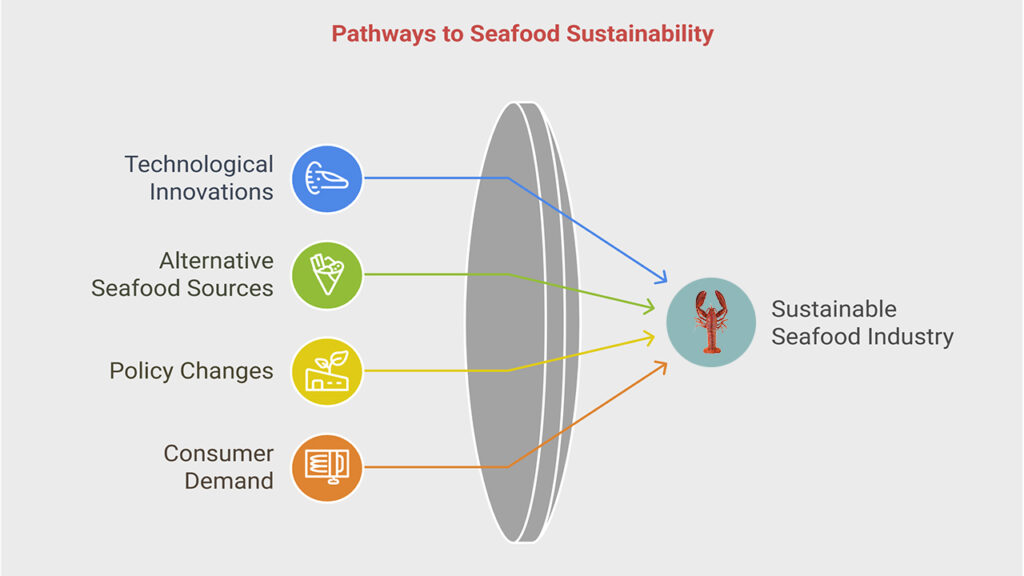
Picture a bustling fish market, packed with fresh catches from all over. Now imagine that same market a decade from now half-empty, with once-common fish nowhere to be found. This isn’t just a distant possibility; it’s already happening in some parts of the world. Overfishing, habitat destruction, and climate change are pushing seafood supplies to the brink.
The ocean has always been generous, providing food for billions. But for too long, we’ve taken without giving back. Some fishing methods scoop up everything in their path, leaving ecosystems damaged and species on the verge of collapse. Others destroy coral reefs and seafloors, stripping marine life of places to thrive.
Rising ocean temperatures are shifting fish populations, making once-reliable fishing grounds unpredictable. Ocean acidification threatens shellfish, while extreme weather disrupts seafood supply chains. These aren’t just problems for the future they’re happening now, affecting fishermen, businesses, and consumers alike.
Real change won’t happen without businesses and consumers working together. Companies must commit to ethical sourcing, and shoppers must make informed choices.
Industry-Wide Efforts Toward Sustainable Seafood
For years, seafood was caught and sold with little thought about the long-term effects. But as fish populations decline and marine habitats suffer, the industry has been forced to make changes. The good news? Many organizations, businesses, and governments are stepping up to protect the ocean while keeping seafood on our plates.
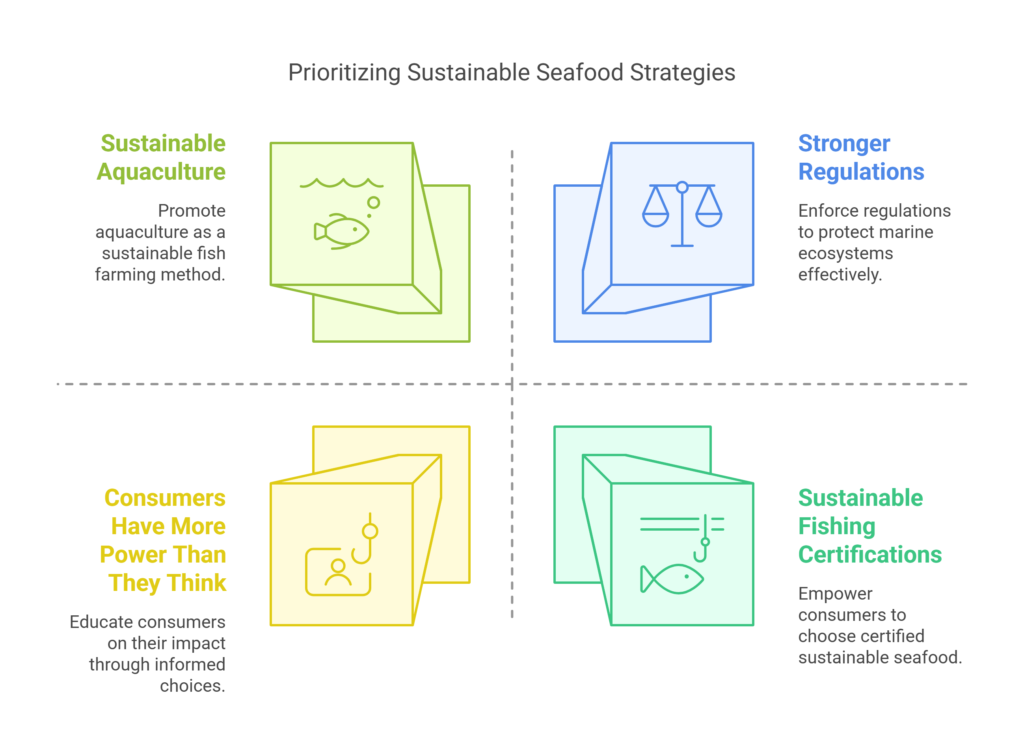
Sustainable Fishing Certifications: Helping Consumers Make Better Choices
One major step forward is the rise of sustainable fishing certifications. Labels like the Marine Stewardship Council (MSC) and the Aquaculture Stewardship Council (ASC) help consumers choose seafood from responsible sources. These programs ensure that fish are caught or farmed in ways that allow species to recover and ecosystems to stay intact. When shoppers see these labels, they can trust that their seafood purchase supports sustainable practices rather than destructive ones.
But certifications alone aren’t enough. Governments also play a big role in making sure sustainability efforts work.
Stronger Regulations to Prevent Overfishing
Many countries are tightening fishing laws, setting catch limits, and cracking down on illegal fishing. Overfishing has pushed some species to the edge of extinction, but well-managed fisheries allow fish populations to recover. Governments are now using tools like satellite tracking and electronic monitoring to ensure fishing vessels follow the rules. By keeping a closer eye on fishing activities, they can prevent overfishing and protect marine biodiversity.
Sustainable Aquaculture: Farming Fish the Right Way
Wild fish stocks can’t meet global demand alone, which is why aquaculture, or fish farming, has grown rapidly. But traditional fish farming had its own problems pollution, habitat destruction, and overuse of wild fish for feed.
Today, sustainable aquaculture is changing that. New techniques, like land-based fish farms and recirculating aquaculture systems, reduce pollution and limit the impact on oceans. Instead of relying on wild-caught fish for feed, many farms are using plant-based or algae-based alternatives. These changes make farmed seafood a more sustainable option without harming wild ecosystems.
Consumers Have More Power Than They Think
None of these efforts will work without support from consumers. When people demand sustainable seafood, businesses listen. Supermarkets and restaurants now offer more responsibly sourced options, making it easier than ever to make the right choice. By choosing seafood with sustainability certifications and avoiding overfished species, consumers can drive change across the industry.
What’s Next for Sustainable Seafood?
The seafood industry is at a turning point. With better fishing practices, responsible aquaculture, and informed consumers, a more sustainable future is within reach.
How Krill Arctic Foods is Pioneering Sustainable Seafood
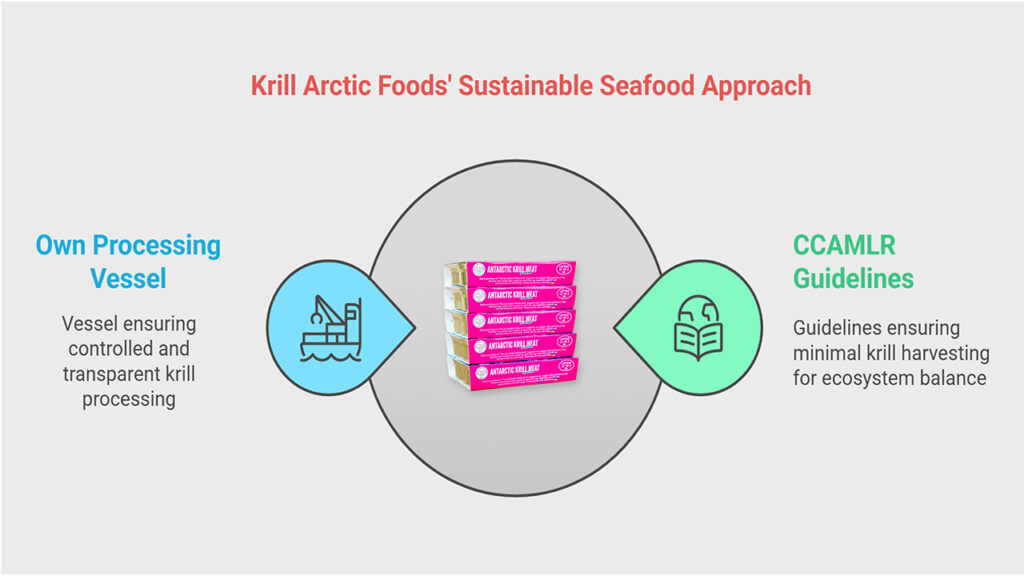
At Krill Arctic Foods, sustainability isn’t an afterthought it’s built into everything we do. From the start, we recognized the importance of protecting marine ecosystems while introducing krill as a viable seafood option. That’s why we strictly adhere to the Commission for the Conservation of Antarctic Marine Living Resources (CCAMLR) guidelines, ensuring that our harvesting methods support long-term ocean health.
CCAMLR limits annual krill harvesting to less than 1% of the total krill population, a precaution that keeps krill populations stable and protects the many marine species that rely on them for food. By operating our own processing vessel, we maintain full oversight of how our krill is sourced, avoiding harmful fishing practices and ensuring transparency in every step of production.
Sustainable Seafood with a Purpose
Krill plays a key role in recycling nutrients in the ocean and supporting marine life, making responsible harvesting essential. We work within established conservation limits to provide a high-quality, sustainable seafood option that doesn’t compromise the balance of marine ecosystems.
By focusing on ethical sourcing and industry best practices, Krill Arctic Foods is helping set a new standard for responsible seafood production. Sustainability isn’t just about meeting guidelines it’s about ensuring that seafood remains available for future generations without harming the environment today.
Consumer Responsibility: Making Sustainable Choices
Every time you buy seafood, you’re making a choice not just about what’s for dinner but about the future of the ocean. The demand for seafood drives how it’s caught, farmed, and sold. If people keep choosing unsustainable options, overfishing and environmental damage will continue. But when consumers support sustainable seafood, businesses and fisheries take notice and adjust their practices.
How to Choose Seafood That Doesn’t Harm the Ocean
The easiest way to make a difference is by looking for certifications on seafood packaging. Labels like the Marine Stewardship Council (MSC) and Aquaculture Stewardship Council (ASC) mean the product comes from responsibly managed sources. These labels help you avoid seafood linked to overfishing, illegal practices, or habitat destruction.
Another smart move? Diversify your seafood choices. Many popular fish like tuna, cod, and shrimp are heavily overfished. Trying lesser-known species like mackerel, sardines, or farmed shellfish can reduce pressure on struggling fish populations while still giving you a nutritious and delicious meal.
Ask Questions and Support Responsible Businesses
Restaurants, grocery stores, and seafood suppliers respond to what customers want. If people keep asking, “Is this seafood sustainably sourced?” Businesses will prioritize selling options that meet ethical standards. Many major grocery chains now have sustainability commitments, but smaller shops and local markets may need a little push.
Cut Down on Waste Every Bit Counts
Americans waste nearly half of all seafood. Some of it spoils in storage, while much of it is thrown away because people don’t know how to use leftovers. Buying only what you need, storing seafood properly, and using every part of the fish including bones for broth can reduce waste. The less waste we create, the less demand there is for overfishing.
Small Changes, Big Impact
The ocean isn’t an endless resource. If we want future generations to enjoy seafood, we need to make smarter choices today. By choosing sustainable seafood, supporting responsible businesses, and reducing waste, consumers have the power to protect marine life while still enjoying their favorite dishes.
The Future of Sustainable Seafood: Innovation Leading the Way
Seafood has long been a staple for millions, but with rising demand and environmental concerns, the industry must adapt. The good news? Innovation is paving the way for a more sustainable future. From cutting-edge aquaculture techniques to alternative seafood sources, change is happening faster than ever.
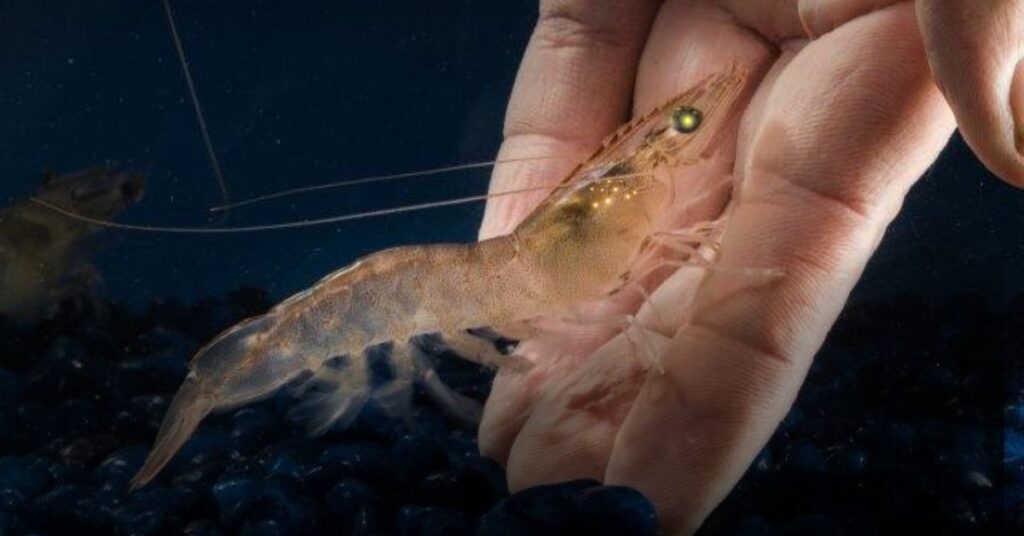
Technology is reshaping how seafood is harvested and farmed. Land-based fish farms using recirculating aquaculture systems (RAS) reduce pollution and prevent disease outbreaks common in open-water farming. Smart tracking tools help monitor fish populations, ensuring overfishing doesn’t wipe out key species. Even feed is improving many farms are moving away from wild-caught fishmeal, replacing it with plant-based or algae-based alternatives.
Alternative seafood is gaining ground. Lab-grown fish, plant-based seafood, and underutilized species like krill offer options beyond traditional choices. These alternatives reduce pressure on overfished species while still providing the nutrition consumers expect.
Policy and consumer demand will drive change. Governments are stepping up regulations, and people are asking tougher questions about where their seafood comes from. As more businesses commit to sustainability, the seafood industry will be forced to follow suit.
The future isn’t about limiting choices it’s about making better ones.
Conclusion
The choices we make today will decide the future of the environment. Will we allow overfishing and environmental damage to continue, or will we shift toward responsible practices that keep our oceans thriving? The answer isn’t just up to governments or big corporations it’s in the hands of every business, seafood supplier, and consumer.
Innovation is already reshaping the industry, offering new ways to harvest, farm, and even produce seafood alternatives. But technology alone won’t solve the problem. It takes real commitment from businesses to source responsibly and from consumers to demand better options. When companies like Krill Arctic Foods follow strict sustainability practices, and shoppers support ethically harvested seafood, change happens.
The ocean has always provided for us, but it can’t do it alone. If we respect its limits, we ensure that future generations can enjoy seafood without guilt. The path forward isn’t about giving up what we love it’s about making smarter choices that protect marine life and keep seafood on our tables for years to come.

